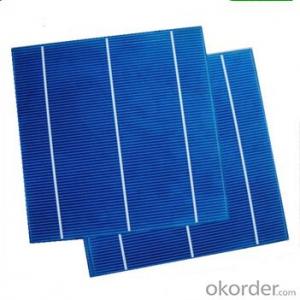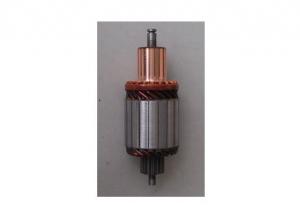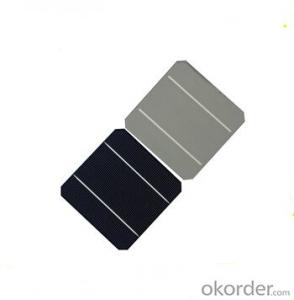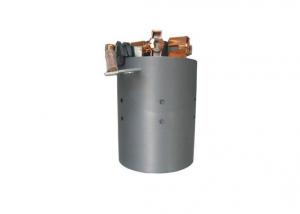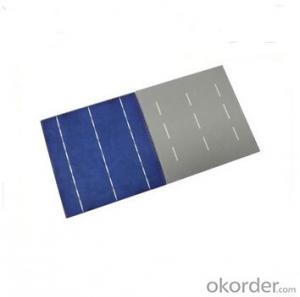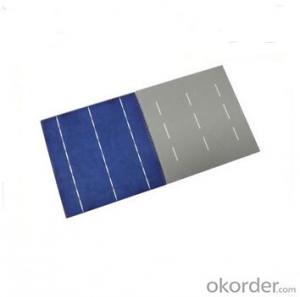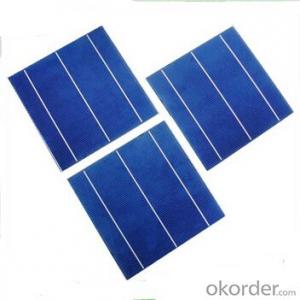Bosch Solar Cells
Bosch Solar Cells Related Searches
Except For Solar Cells Weegy Problems With Solar Cells High Power Solar Cells Light Trapping In Solar Cells High Performance Solar Cells High Output Solar Cells High Wattage Solar Cells Energy Transfer In Solar Cells High Efficiency Hvac Systems Recombination In Solar CellsHot Searches
Cheap Solar Cells For Sale Flexible Solar Cells For Sale Q Cells Solar Panels For Sale Printed Solar Cells For Sale Bulk Solar Cells For Sale 6x6 Solar Cells For Sale Broken Solar Cells For Sale Cpv Solar Cells For Sale Photoelectric Cells For Sale Price Of Silicon Solar Cells Price Of Solar Cells Over Time Buy Solar Cells From China Cheap Solar Cells China Best Type Of Solar Cells Flexible Solar Cells Price Q Cells Solar Panels Price 3 Types Of Solar Cells Production Of Solar Cells Common Types Of Solar Cells Q Cells Solar Panel PricesBosch Solar Cells Supplier & Manufacturer from China
Okorder.com is a professional Bosch Solar Cells supplier & manufacturer, offers integrated one-stop services including real-time quoting and online cargo tracking. We are funded by CNBM Group, a Fortune 500 enterprise and the largest Bosch Solar Cells firm in China.Hot Products
FAQ
- Solar cells are designed to handle bird droppings or other debris by having a smooth and easy-to-clean surface. Additionally, regular rainfall or maintenance can help wash away any accumulated dirt or waste, ensuring optimal performance of the solar cells.
- Yes, solar cells can be used for indoor applications. While they are primarily designed for outdoor use to harness sunlight, advancements in technology have made it possible to use solar cells indoors as well. Indoor solar cells can be used to power various devices and systems, such as indoor lighting, small electronics, and even indoor farming setups. Additionally, solar cells can also be used in combination with battery storage to provide a continuous and renewable power source for indoor applications.
- Yes, solar cells are affected by shade. When solar cells are partially shaded, it reduces their efficiency and overall power output. Shading can create hotspots on the shaded cells, causing them to generate less electricity and potentially damage the cells. Therefore, it is important to ensure that solar panels are installed in areas with minimal shade to maximize their performance.
- Junction boxes in solar cell systems serve as a crucial component for electrical connections and system protection. They are responsible for housing and safeguarding the electrical connections between solar panels, allowing the flow of electricity to and from the panels. Additionally, junction boxes play a vital role in preventing damage from environmental factors such as moisture, dust, and excessive heat.
- Yes, solar cells can be used on curved surfaces. In fact, advancements in technology have made it possible to design flexible solar cells that can be curved to fit various shapes and structures, allowing for more versatile and efficient use of solar energy.
- A polycrystalline solar cell is a type of solar cell made from multiple small silicon crystals, unlike a monocrystalline solar cell which is made from a single crystal. This manufacturing process makes polycrystalline solar cells less expensive to produce, although they typically have slightly lower efficiency compared to monocrystalline solar cells.
- How can I understand the working principles of solar cells?
- All in all, the working principle of a solar cell can be understood in this way, a high technology that use the sun energy for electricity.
- Yes, solar cells can be used for powering remote research stations. Solar cells, also known as photovoltaic cells, convert sunlight into electricity, making them an ideal and sustainable power source for remote locations. Solar panels can be installed at the research station to capture sunlight and generate electricity, which can then be stored in batteries for use during periods of low sunlight or at night. This enables the research station to operate independently of traditional power grids, reducing reliance on fossil fuels and providing a clean and renewable energy solution.
















